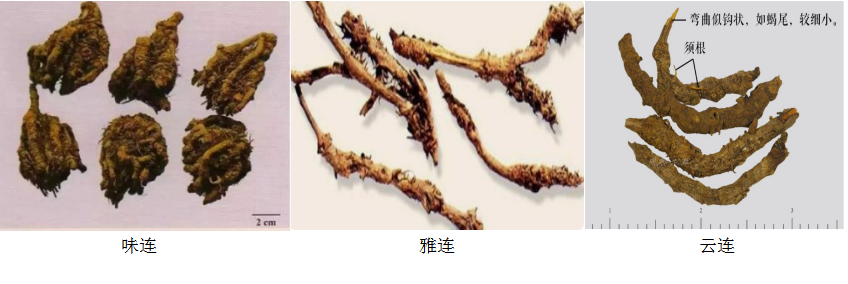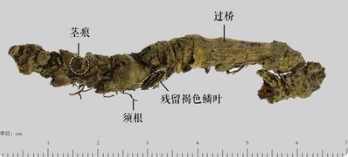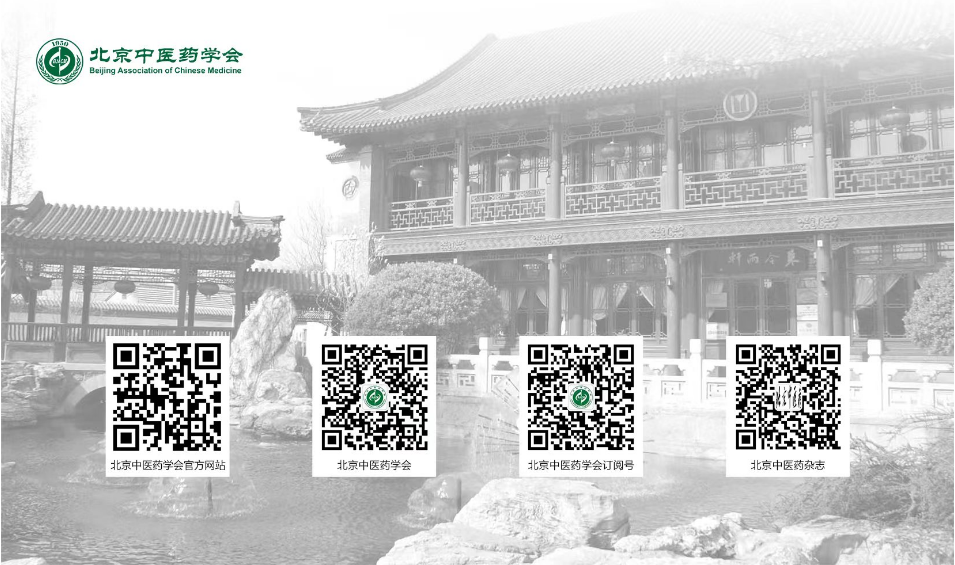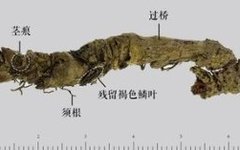

Huang Lian (Coptis chinensis) clears heat and dries dampness, drains fire and detoxifies, and is classified as a superior herb in the Shen Nong Ben Cao Jing (Shen Nong’s Classic of Materia Medica), with extensive clinical applications. It is commonly used for symptoms such as damp-heat stagnation, nausea and vomiting, diarrhea, and excessive heart fire; externally, it is used to treat infectious diseases like eczema and wet sores. Modern pharmacological studies have confirmed the effective parts and active components of Huang Lian, with its representative alkaloid, berberine, recognized as a quality evaluation index for Huang Lian. Huang Lian exhibits significant antibacterial, anti-inflammatory, and antipyretic effects, earning it the nickname “Chinese herbal antibiotic.”
1Source
The 2020 edition of the Chinese Pharmacopoeia defines Huang Lian as the dried rhizome of the Ranunculaceae plant Coptis chinensis, Coptis teeta, or Coptis deltoidea, commonly referred to as “Wei Lian,” “Ya Lian,” or “Yun Lian.”
2Characteristics
Wei Lian is primarily produced in Chongqing. It often clusters together, is frequently curved, resembling a chicken’s claw, with single rhizomes measuring 3-6 cm in length and 0.3-0.8 cm in diameter. The surface is grayish-yellow or yellow-brown, rough, with bridge-like structures. The upper part often retains brown scale leaves, and the tip usually has remnants of stems or petioles. It is hard, with an irregular fracture surface, the bark is orange-red or dark brown, and the wood is bright yellow or orange-yellow, arranged radially, with some hollow pith. It has a faint odor and an extremely bitter taste.
Ya Lian is primarily produced in Sichuan. It is mostly single-stemmed, slightly cylindrical, slightly curved, measuring 4-8 cm in length and 0.5-1 cm in diameter. The “bridge” is relatively long, with a small amount of residual stem at the tip.
Yun Lian is primarily produced in Yunnan. It is curved in a hook shape, mostly single-stemmed, and relatively small.

3Bridge and Quality
The “bridge” refers to irregular nodular protrusions on the single-stem rhizome, with smooth surfaces between the nodes resembling stem sections. The bridge is not only a distinguishing feature of Huang Lian from other medicinal materials but also serves as a primary classification index in traditional identification, where longer bridges indicate higher total alkaloid content and correspondingly higher grades, a viewpoint supported by modern pharmacological research. Current standards classify Huang Lian into three specifications: Wei Lian, Ya Lian, and Yun Lian, each divided into two grades (first and second), totaling six detailed categories. For the most common Wei Lian, those with a bridge length not exceeding 2 cm and being stout and solid are classified as first-grade; those with a bridge are smaller and classified as second-grade. Therefore, the length and size of the bridge are important factors determining the quality grade of Huang Lian.
4Clinical Applications
1. Treating damp-heat obstructing the middle jiao. Symptoms such as abdominal fullness and nausea due to qi stagnation are often combined with Su Ye (Perilla leaf) (as seen in Wen Re Jing Wei, known in TCM Gynecology: Su Ye Huang Lian Decoction), or with Huang Qin (Scutellaria baicalensis), Gan Jiang (Dried Ginger), and Ban Xia (Pinellia ternata) (as seen in Shang Han Lun: Ban Xia Xie Xin Decoction); for treating stomach heat-induced vomiting, combined with Shi Gao (Gypsum) (as seen in Xian Nian Ji: Shi Lian San); for liver fire invading the stomach causing rib-side distension and vomiting, combined with Wu Zhu Yu (Evodia rutaecarpa) (as seen in Dan Xi Xin Fa: Zuo Jin Wan); for spleen and stomach deficiency cold with sour water vomiting, combined with Ren Shen (Ginseng), Bai Zhu (Atractylodes macrocephala), and Gan Jiang (as seen in Zheng Yin Mai Zhi: Lian Li Decoction).
2. Essential for treating dysentery. For damp-heat dysentery with abdominal pain and urgency, combined with Mu Xiang (Aucklandia) (as seen in Tai Ping Hui Min He Ji Ju Fang: Xiang Lian Wan); for long-standing damp-heat dysentery with pus and blood, combined with Wu Mei (Mume) (as seen in Wai Tai Mi Yao: Huang Lian Wan); for damp-heat dysentery with exterior symptoms and fever, combined with Ge Gen (Pueraria) and Huang Qin (as seen in Shang Han Lun: Ge Gen Huang Qin Huang Lian Decoction).
3. Treating excessive heat in the three jiaos, high fever, and irritability, combined with Huang Qin, Huang Bai (Phellodendron), and Zhi Zi (Gardenia) (as seen in Wai Tai Mi Yao: Huang Lian Jie Du Decoction); for internal heat causing blood to recklessly flow, leading to vomiting and nosebleeds, combined with Da Huang (Rhubarb) and Huang Qin (as seen in Jin Bian Yao Lue: Xie Xin Decoction); for excessive heat injuring yin, causing irritability and insomnia, combined with Huang Qin, Bai Shao (Paeonia lactiflora), and E Jiao (Donkey-hide Gelatin) (as seen in Shang Han Lun: Huang Lian E Jiao Decoction); for high fever and delirium, combined with Shi Gao, Zhi Mu (Anemarrhena), Xuan Shen (Scrophularia), and Mu Dan Pi (Moutan) (as seen in Yi Zhen Yi De: Qing Wen Bai Du Yin); for excessive heart fire and insomnia due to disharmony between heart and kidney, combined with Rou Gui (Cinnamon) (as seen in Han Shi Yi Tong: Jiao Tai Wan).
4. Treating carbuncles and toxic swellings, combined with Huang Qin, Huang Bai, and Zhi Zi (as seen in Wai Tai Mi Yao: Huang Lian Jie Du Decoction); for stomach fire attacking upwards causing unbearable toothache, combined with Sheng Di Huang (Rehmannia), Sheng Ma (Cimicifuga), and Mu Dan Pi (as seen in Lan Shi Mi Cang: Qing Wei San); for red, swollen, painful eyes, and conjunctival hyperemia, combined with Dan Zhu Ye (Lophatherum) (as seen in Pu Ji Fang: Huang Lian Decoction).
5. Treating excessive stomach fire, leading to thirst and hunger, often combined with Mai Dong (Ophiopogon) (as seen in Pu Ji Fang: Xiao Ke Wan), or with Huang Bai (as seen in Sheng Ji Zong Lu: Huang Bai Wan); for kidney yin deficiency with excessive heart and stomach fire, combined with Sheng Di Huang (as seen in Wai Tai Mi Yao: Huang Lian Wan).
5Medication Precautions
This herb is very cold; excessive long-term use can harm the spleen and stomach, and it is contraindicated for those with spleen and stomach deficiency cold. Its bitter and drying nature can harm yin fluids, so caution is advised for those with yin deficiency and fluid damage.
(The above images are sourced from the internet; please contact us for removal if there are any copyright issues.)
Source:Beijing Association of Traditional Chinese Medicine, Committee of Chinese Patent Medicine
Author:Capital Medical University Xuanwu Hospital Chen Jie
Reviewed by: Beijing Association of Traditional Chinese Medicine, Committee of Chinese Patent MedicineChairperson Lin Xiaolan
Editor: Cui Qian
Reviewed by: Han Wei Wei Supervisor: Yang Na
 We welcome your submissions; please send to [email protected]
We welcome your submissions; please send to [email protected]

